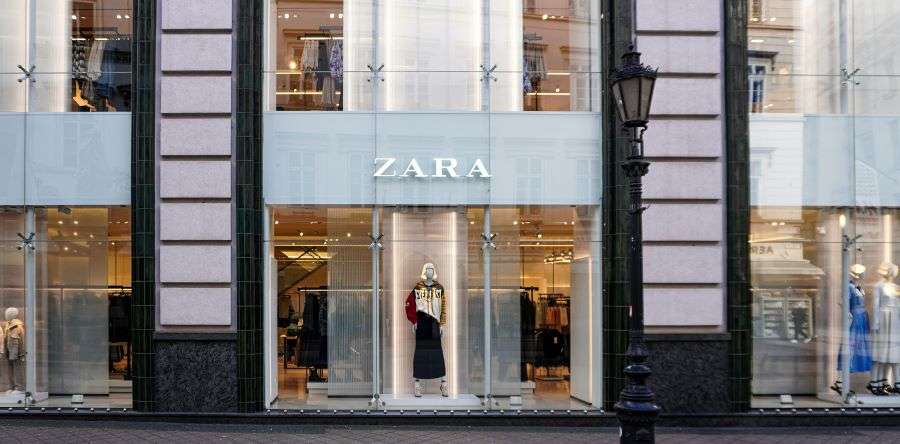In the global fast fashion industry, Zara stands out as a leading example of how integrating technology can transform supply chain management. Known for its ability to quickly turn around new clothing lines, Zara leverages a sophisticated blend of technology tools to maintain its market dominance. This article explores the pivotal role of technology in enabling Zara’s agile supply chain, which other industries might look to as a blueprint for innovation and efficiency.
Technology at the Heart of Zara’s Supply Chain
Zara’s supply chain success is largely due to its strategic use of technology, which helps streamline operations and reduce response times from design to delivery. Here’s how technology plays a central role in each part of Zara’s supply chain:
Real-Time Data Analytics
Instant Feedback and Action: Zara uses advanced data systems to capture real-time sales data and customer feedback directly from its store networks. “This information is instantly analyzed and fed back to the design and production teams, allowing Zara to adjust its offerings based on current market trends and consumer behaviors” (Thomasnet). This information is instantly analyzed and fed back to the design and production teams, allowing Zara to adjust its offerings based on current market trends and consumer behaviors.
Automated Production Systems
Speed and Precision in Manufacturing: At the core of Zara’s production facilities are automated systems that help in quickly cutting and assembling fabrics based on real-time orders. Computer-aided design (CAD) systems and automated cutting equipment streamline the production process, reducing waste and speeding up the turnaround time.
Inventory Management Technologies
Dynamic Stock Optimization: Zara employs sophisticated algorithms to manage inventory levels across its global stores. This technology allows for dynamic adjustments in stock based on shifting consumer demands, ensuring popular items remain available while minimizing overstock.
Seamless Logistics and Distribution
Efficient Product Distribution: Zara uses a state-of-the-art logistics system, equipped with automation and robotics, to ensure efficient and fast movement of goods from warehouses to stores. This system is crucial in supporting Zara’s promise of delivering new garments to stores twice a week.
Integration of Online and Offline Channels
Unified Commerce Experience: With the rise of digital shopping, Zara has integrated its online platforms with physical stores through advanced IT solutions. This integration helps manage a seamless inventory across all channels, enhancing customer experience by providing a cohesive and responsive service, whether the customer shops online or offline.
Leveraging AI for Market Predictiveness
Zara has started to incorporate artificial intelligence (AI) into its operations, particularly in predicting future fashion trends and consumer preferences. AI tools analyze vast amounts of data from various sources, including social media and global fashion events, to forecast what styles are likely to become popular. This predictive capability allows Zara to be proactive rather than reactive in its product offerings.
Blockchain for Enhanced Supply Chain Transparency
While not yet widely implemented, potential future advancements could include blockchain technology to further enhance transparency and traceability in the supply chain. This technology could provide clear records of where materials come from and how products are manufactured, appealing to the growing consumer demand for ethical and sustainable fashion.
Conclusion
Zara’s integration of cutting-edge technologies into its supply chain operations is a significant factor behind its industry-leading agility and efficiency. By harnessing real-time data, automating production, and utilizing AI for predictive analytics, Zara not only meets consumer demands faster but also sets a high standard for what technological integration can achieve in the fast fashion industry. As other sectors look to improve their supply chain operations, Zara’s model provides a robust framework for how technology can be used to enhance responsiveness and drive success.




